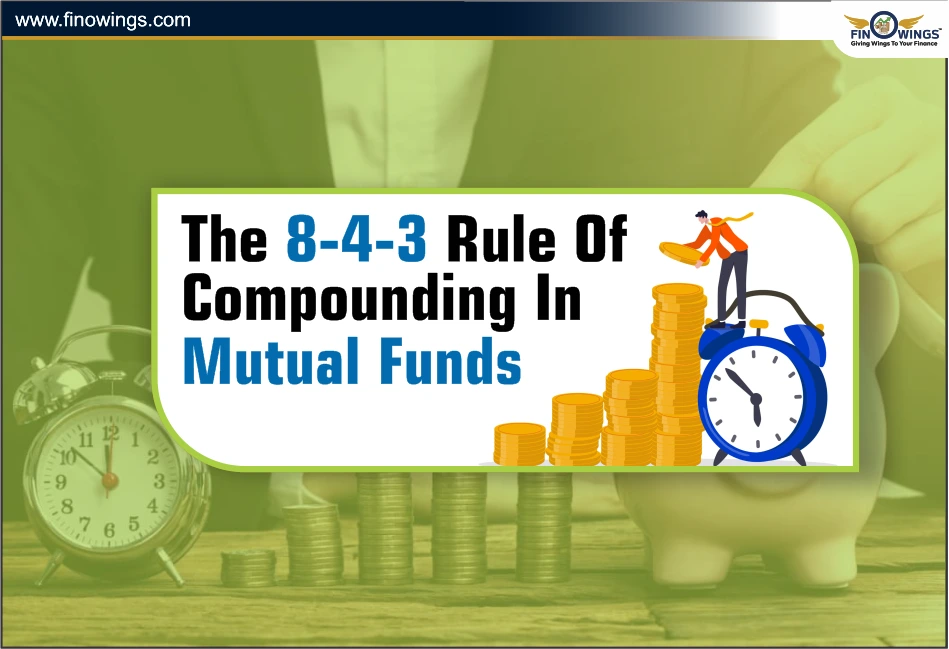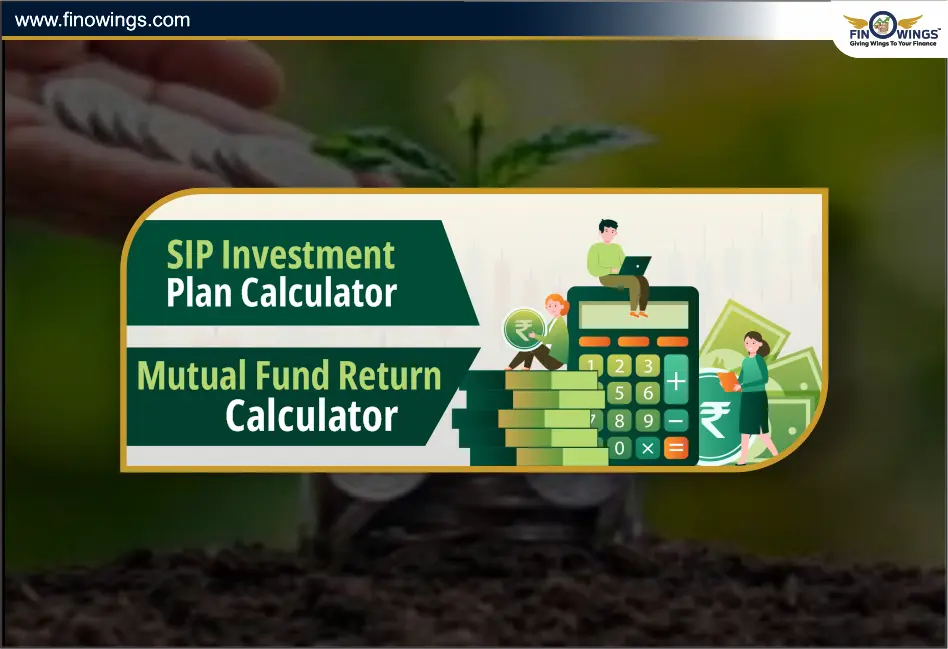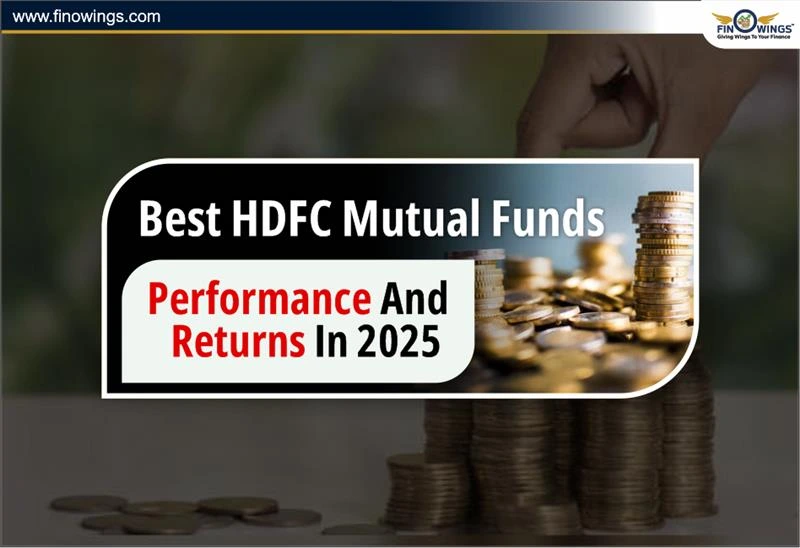Home >> Blog >> Top 5 Tax Saving Mutual Funds 2024: Invest in Best ELSS Funds
Top 5 Tax Saving Mutual Funds 2024: Invest in Best ELSS Funds
Introduction
Investing in the stock market can be challenging, especially when it comes to tax implications. Many individuals prefer to invest in tax-saving schemes along with their income to reduce their tax liability. One such scheme is Equity Linked Saving Schemes (ELSS), which are mutual funds that offer tax benefits.
Understanding ELSS
Before we dive into the top ELSS funds, let's understand some important aspects of ELSS. ELSS funds have a locking period of three years, and 80% of the investment is made in equity, i.e., the stock market. These funds also offer tax deductions under Section 80C, allowing investors to claim deductions up to ₹1.5 lakh.
Top 5 ELSS Funds
After analyzing various ELSS funds, we have compiled a list of the top five funds based on their consistent returns and performance. These funds have shown remarkable performance and can help you achieve your financial goals.
1. Fund A - This fund has consistently delivered high returns over the past 10 years, with an average return of 17%.
2. Fund B - With an average return of 14%, this fund has performed exceptionally well in the last decade.
3. Fund C - Another fund that has consistently provided good returns, averaging at 13% over the past 10 years.
4. Fund D - This fund has delivered an average return of 12%, making it a reliable choice for investors.
5. Fund E - With an average return of 11%, this fund offers steady growth and stability.
It's important to note that past performance is not indicative of future results. Before investing, it's advisable to conduct thorough research and consult with a financial expert.
Risk Profile Analysis
While selecting the right ELSS fund, it's crucial to assess the risk profile of each fund. Two important factors to consider are alpha and beta.
Alpha: Alpha measures the fund's ability to generate excess returns relative to the risk taken. Higher alpha indicates better performance. Among the top 5 funds, Fund A and Fund E have a positive alpha, suggesting they have outperformed the benchmark index.
Beta: Beta measures the fund's volatility compared to the market. A beta greater than 1 indicates higher volatility, while a beta less than 1 suggests lower volatility. Fund B and Fund D have a beta greater than 1, indicating a higher level of volatility.
Based on the risk profile analysis, Fund C stands out as it has a positive alpha and a beta close to the benchmark index.
Conclusion
ELSS funds provide an excellent opportunity for investors to save taxes while investing in the stock market. The top 5 ELSS funds mentioned in this article have a proven track record of delivering consistent returns. However, it's vital to evaluate your risk appetite and financial goals before making any investment decisions. Consulting with a financial advisor can provide further clarity and guidance in selecting the best ELSS fund for you.
Disclaimer: This Funds Analysis is only for informational purposes and should not be considered as investment advice. Always do your research and consult with a financial advisor.
Want to supercharge your investments and reach your financial Goals? Start Investing in Mutual Funds with us! Our expert advisors will advise a scheme just for you, aligning with your plans and goals. Let's make your financial aspirations a reality, Fill the Form to start investing today!
Frequently Asked Questions
After the three-year lock-in period, investors can redeem their investment or stay invested. But the investor must note that the investment after the deductions is still subjected to 10% tax
Investing in the stock market can be challenging, especially when it comes to tax implications. Many individuals prefer to invest in tax-saving schemes along with their income to reduce their tax liability. One such scheme is Equity Linked Saving Schemes (ELSS), which are mutual funds that offer tax benefits
ELSS is an excellent investment for those in the higher income tax brackets
While selecting the right ELSS fund, it's crucial to assess the risk profile of each fund. Two important factors to consider are alpha and beta.
Alpha: Alpha measures the fund's ability to generate excess returns relative to the risk taken. Higher alpha indicates better performance. Among the top 5 funds, Fund A and Fund E have a positive alpha, suggesting they have outperformed the benchmark index.
Beta: Beta measures the fund's volatility compared to the market. A beta greater than 1 indicates higher volatility, while a beta less than 1 suggests lower volatility. Fund B and Fund D have a beta greater than 1, indicating a higher level of volatility.




















